“The most beautiful thing we can experience is the mysterious. It is the source of all true art and all science.” -Albert Einstein
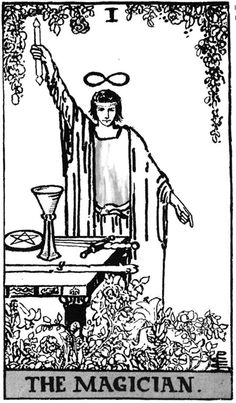
The Tarot Card: The Magician.
By Suzanne Dooley
This time of the year has always been a time of great magic and mystery with a concentration on the supernatural world. It is considered the time when the veil between the spiritual realm and earthly realm is thinnest. And who knows? Perhaps this year, due to this week’s Black Moon -another term for a moonless sky ushering in an ethereal sable sky- that thin veil was actually lifted to allow the supernatural to temporarily suspend the laws of time and space to allow for unprecedented prognostications.
And who doesn’t want to know the future? I admit that I’ve shaken the Magic 8 Ball for a prediction. We all want to know if we were bound to meet the people that we have met, to marry the person that we did, and to travel the path that we have travelled. Questions linger and we want answers: Can we change our destiny or future by making different decisions in our life? Is life predetermined by fate or is life merely a series of random events, a roll of the cosmic dice?
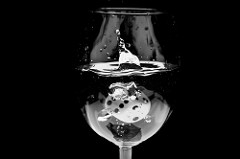
Photo:Dice
Is It In The Cards?
One of the most popular forms of fortune telling is Tarot readings. The Tarot deck consists of 78 cards: 22 Major Arcana and 56 Minor Arcana. The word arcanum (pluralized as “arcana”) comes from the Latin word meaning “secret” and relates to that secret of nature that the alchemists sought to discover. Most people are familiar with the Rider-Waite Tarot cards published in 1909 and illustrated by Pamela Colman-Smith. It is said that the poet and Nobel Prize winner, William Butler Yeats, was an advisor to Pamela Colman-Smith on the mystic symbolism to be incorporated into this Tarot deck. Yeats’ poetry is full of Tarot imagery and the poet reverently kept a Tarot pack among his most treasured possessions. And Yeats is not the only respected genius to make use of the Tarot: Albert Einstein, Italo Calvino and Salvador Dalí also drew on the cards. But do these cards actually foretell the future?
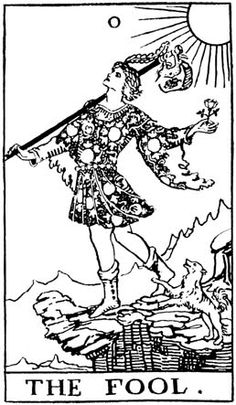
The Tarot Card: The Fool.
To find out, I visited one of Manhattan’s top Tarot readers: Veronica VanCauwenberghe who resides on the Upper East Side in New York City. She is a 3rd generation Tarot Intuitive Specialist, with a generous spirit, warm heart and keen insight. She is so in-demand that the wait list for a reading with her is approximately seven months!
In my meeting with Veronica, I realized she is well-intentioned, honest and gifted – and she does not rush through any readings and devotes an extensive amount of time to each of her clients. Veronica kindly explained the Tarot to me and so let me attempt to briefly paraphrase what she told me: the Tarot is a way of contacting that part of the human mind that resides in the unconscious -which provides for a greater perspective- and the most powerful sources of information always come from within; the Tarot aids in coming in contact with one’s Higher Self. I think Yeats would agree with Veronica.
As an experienced intuitive, Veronica magically brings the symbols of the Tarot to life and shows how the cards reflect our innermost dreams, desires, and intentions. And as a result, her clients have formed genuine bonds with her: Veronica has attended a client’s wedding (yes, she guided a man in specific ways that led him to meet his wife), has predicted pregnancies and has made countless other prognostications. When I was visiting Veronica, she received a gift from yet another client expressing such heartfelt gratitude for the life-changing reading that she received from Veronica.
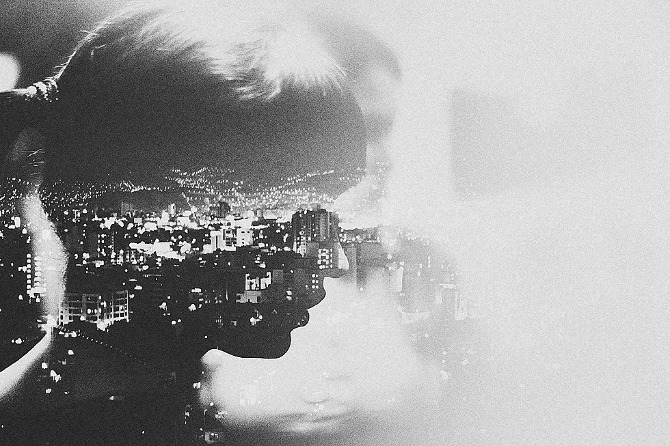
Photo: Double-Image Photography.
For me, Veronica’s description and use of the Tarot cards coincide with Carl Jung’s concepts of the collective unconscious, theories of archetypal imagery and synchronicity, all of which, in my opinion, serve as a foundation for the Tarot. According to Jung, the father of analytical psychology, the human collective unconscious is populated by instincts and archetypes: universal symbols such as the mother, the child, the trickster and many more, that we use to interpret the world and explain synchronicity. Jung defines synchronicity as those meaningful coincidences that occur with no causal relationship, yet seem to be meaningfully related. Examples of synchronicity could be: You’re thinking of a friend that you haven’t seen in years and the phone rings and it’s him on the other end. Or perhaps you read this article and later in the day, a friend mentions Jung’s theory of synchronicity. The Tarot -as intuited by a seasoned reader like Veronica- interprets our past, present and future through a lens (using archetypes and synchronicity) that magnifies -and elicits- individual life patterns. The result? A personalized destiny.
Most of us want reassurances that the choices we will make -or have made- are the “right” ones. We all want to believe that we have a destiny: it is a basic human longing that we have a purpose and are here for some divinely-inspired reason. And so, why not embrace the Tarot cards to assist us in creating such kismet? The alternative provides for such a drab existence.
For more information on Veronica VanCauwenberghe click here.
– SD

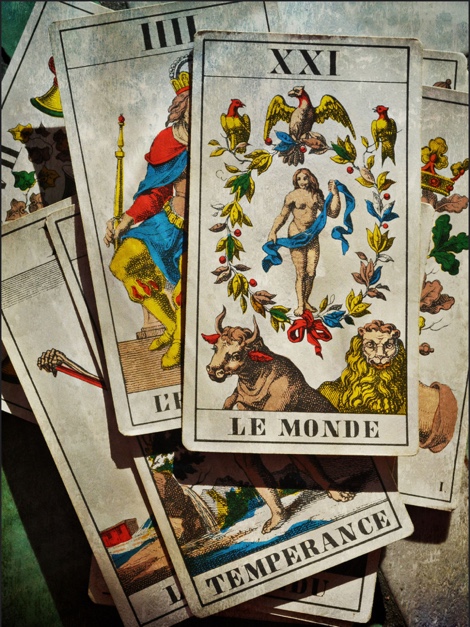
3 comments
Another GREAT article!
Great article . She resides in my building. Now I want a reading .
Jung would enjoy this article! As did I.